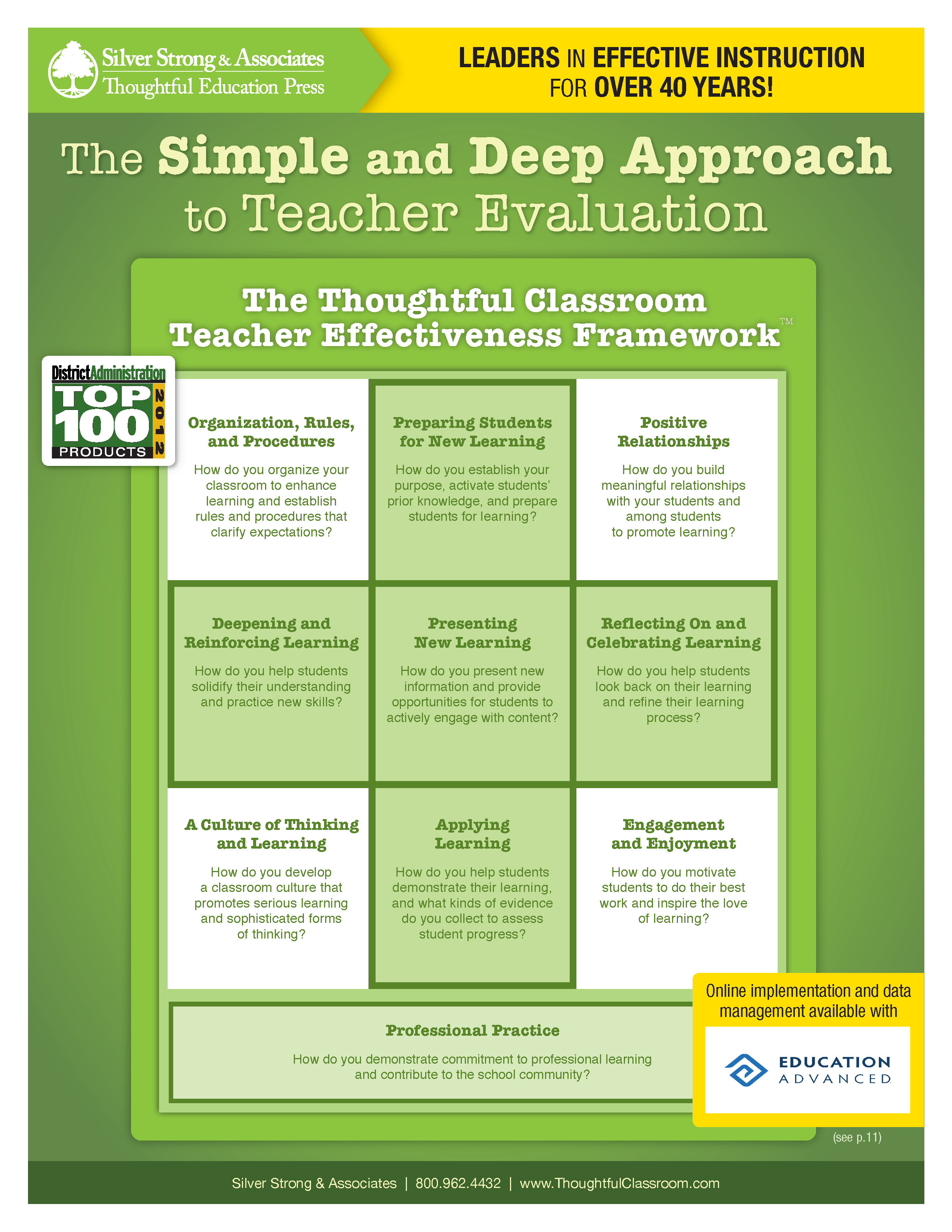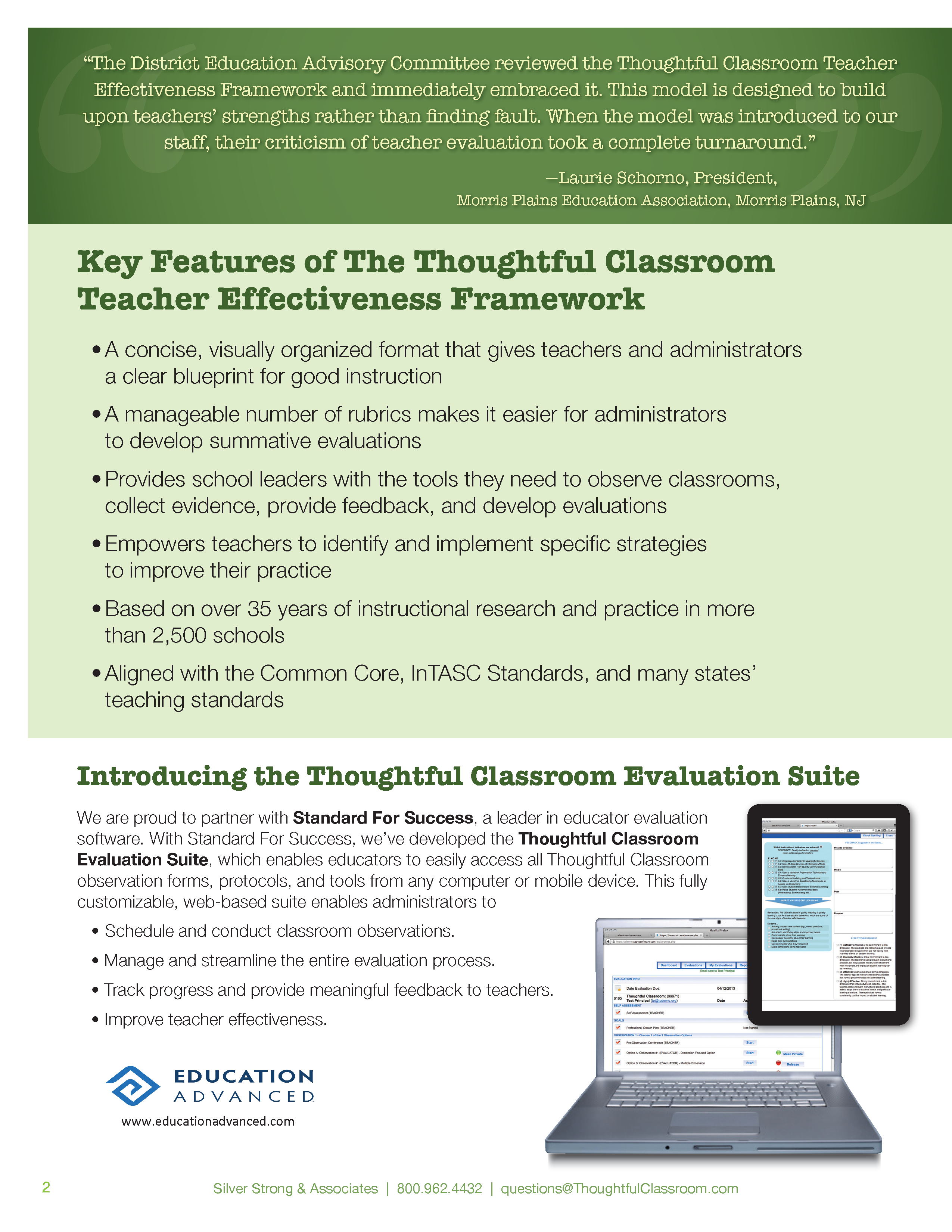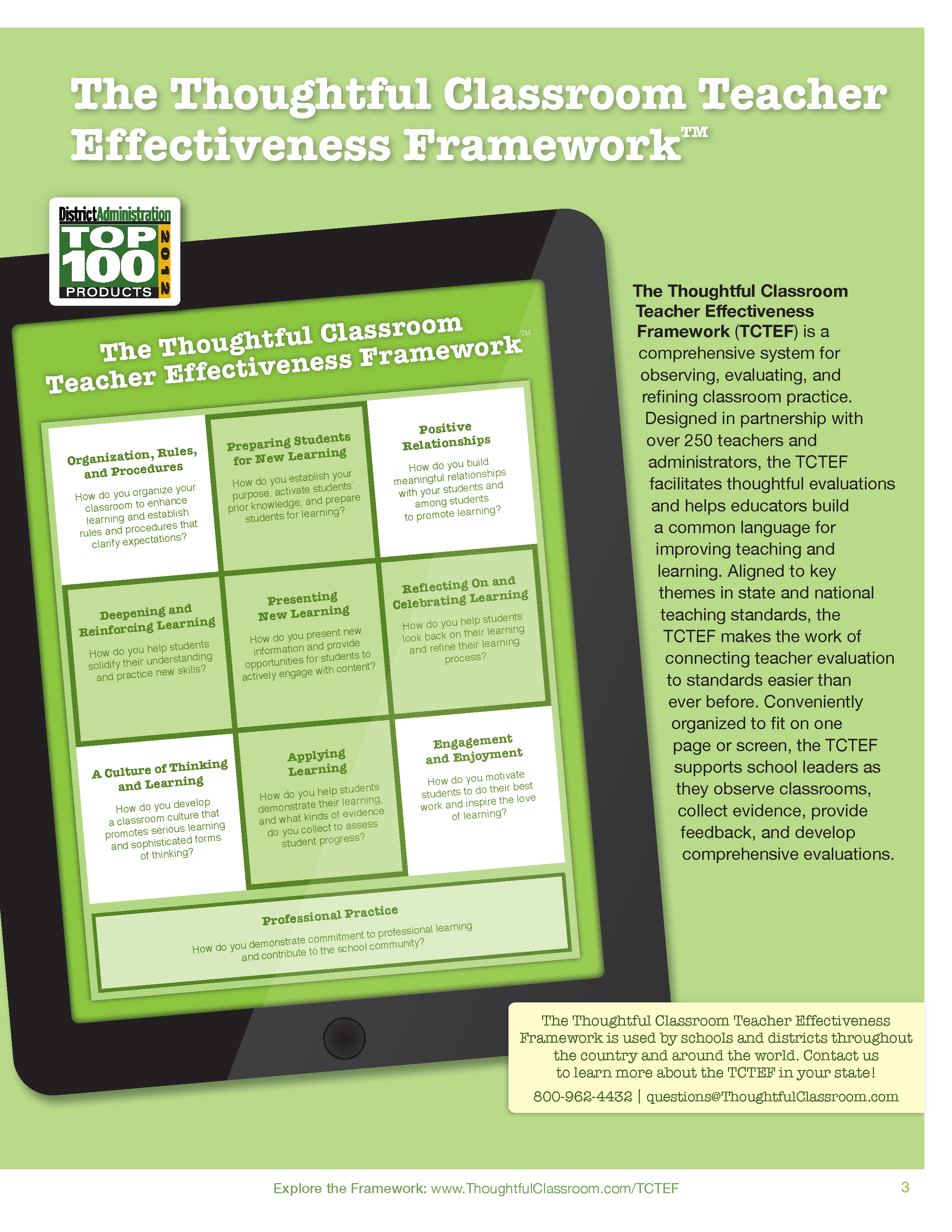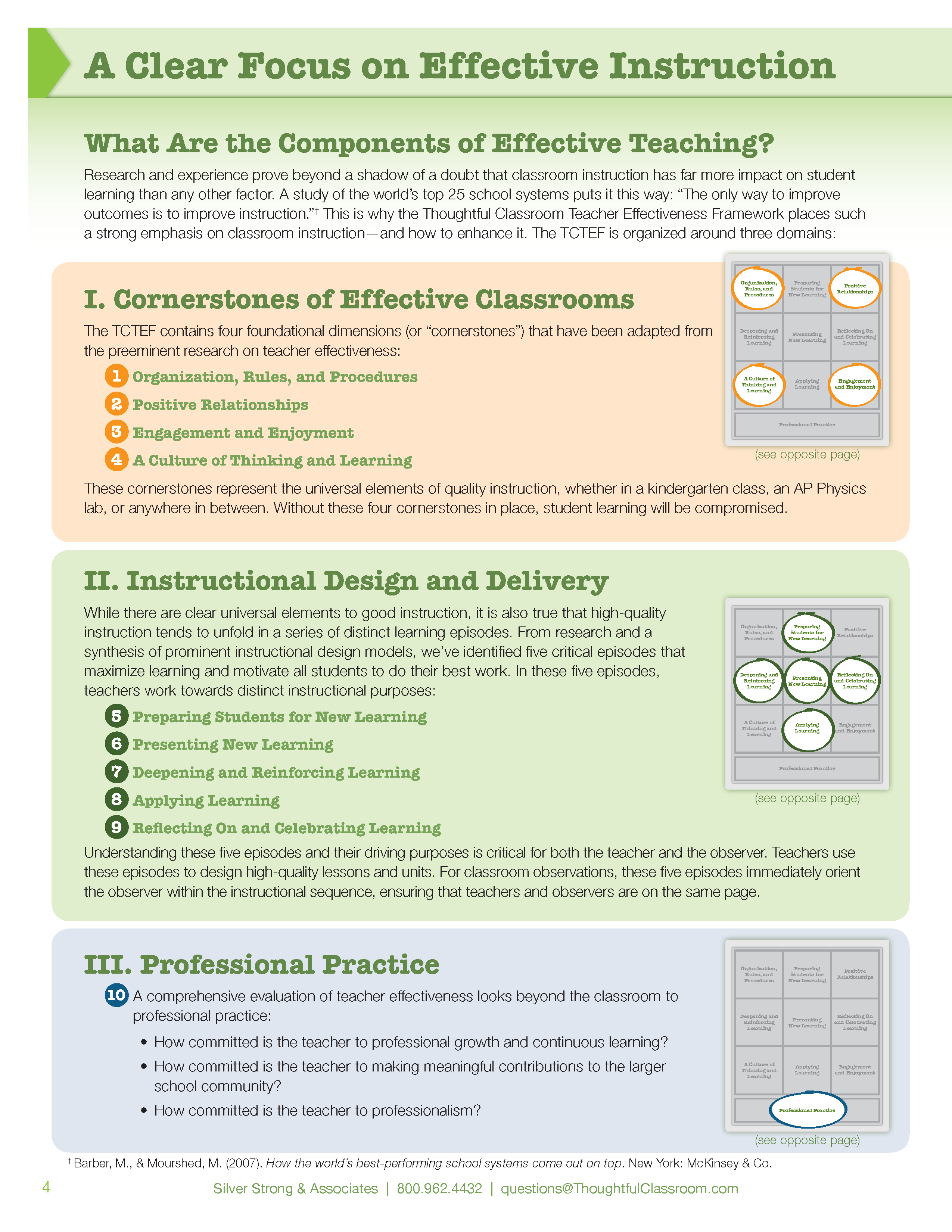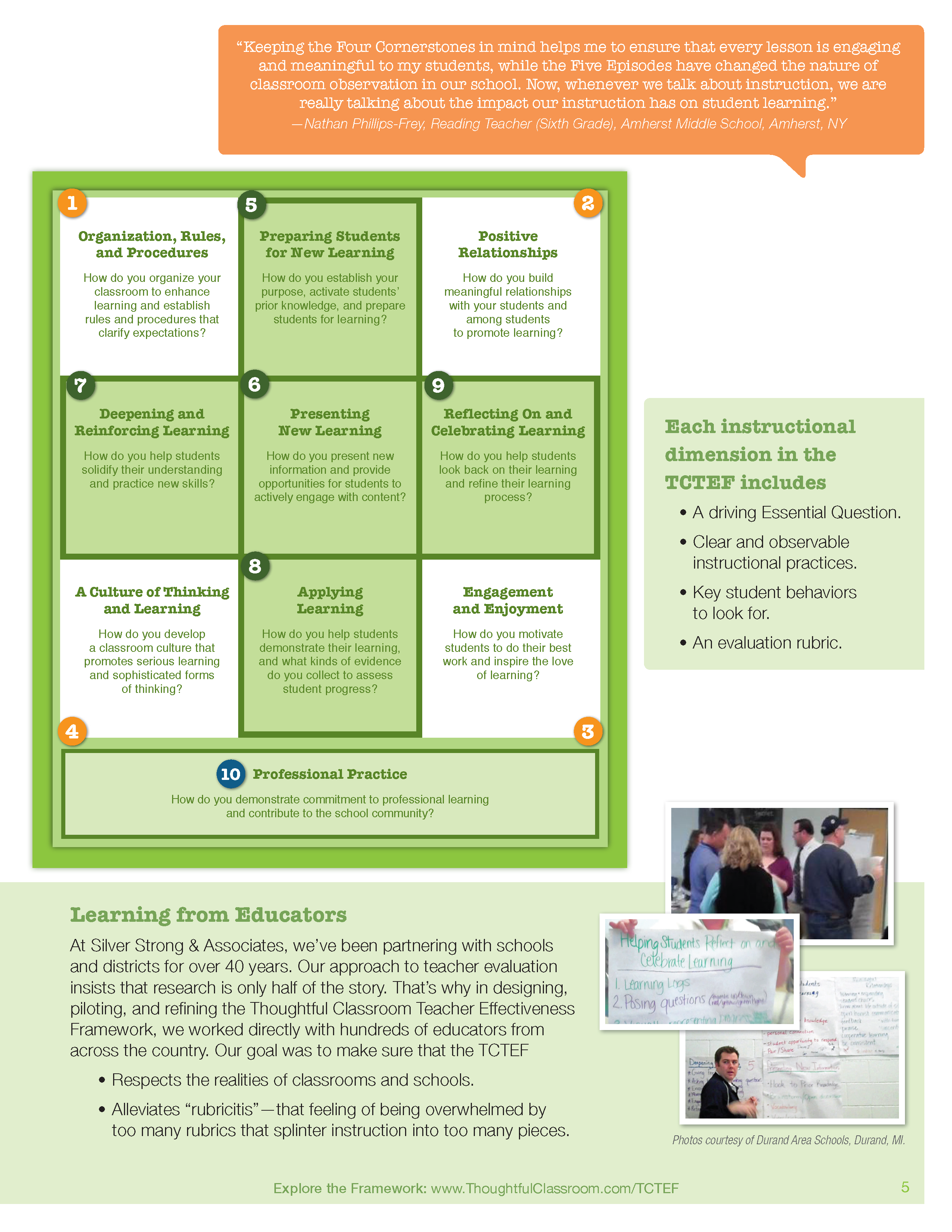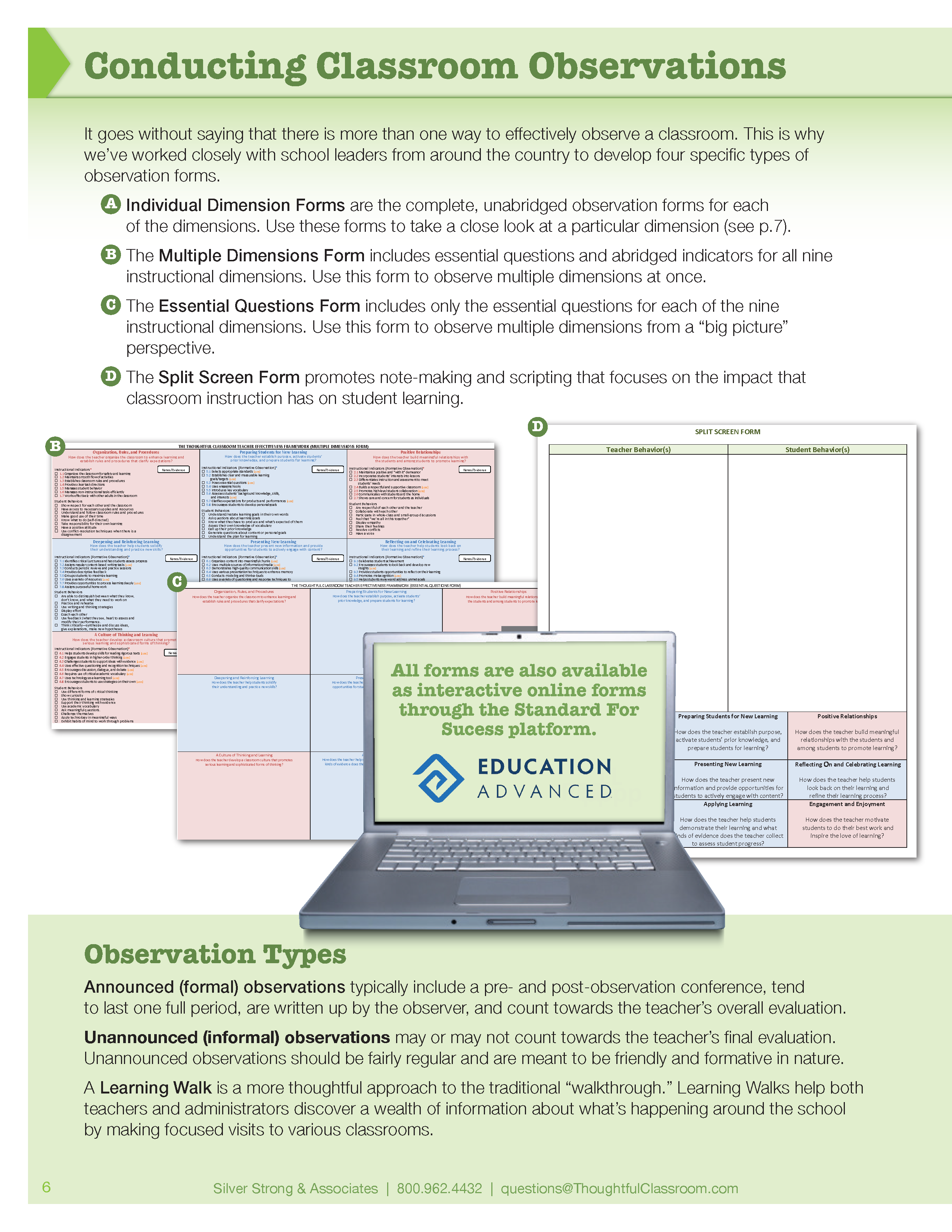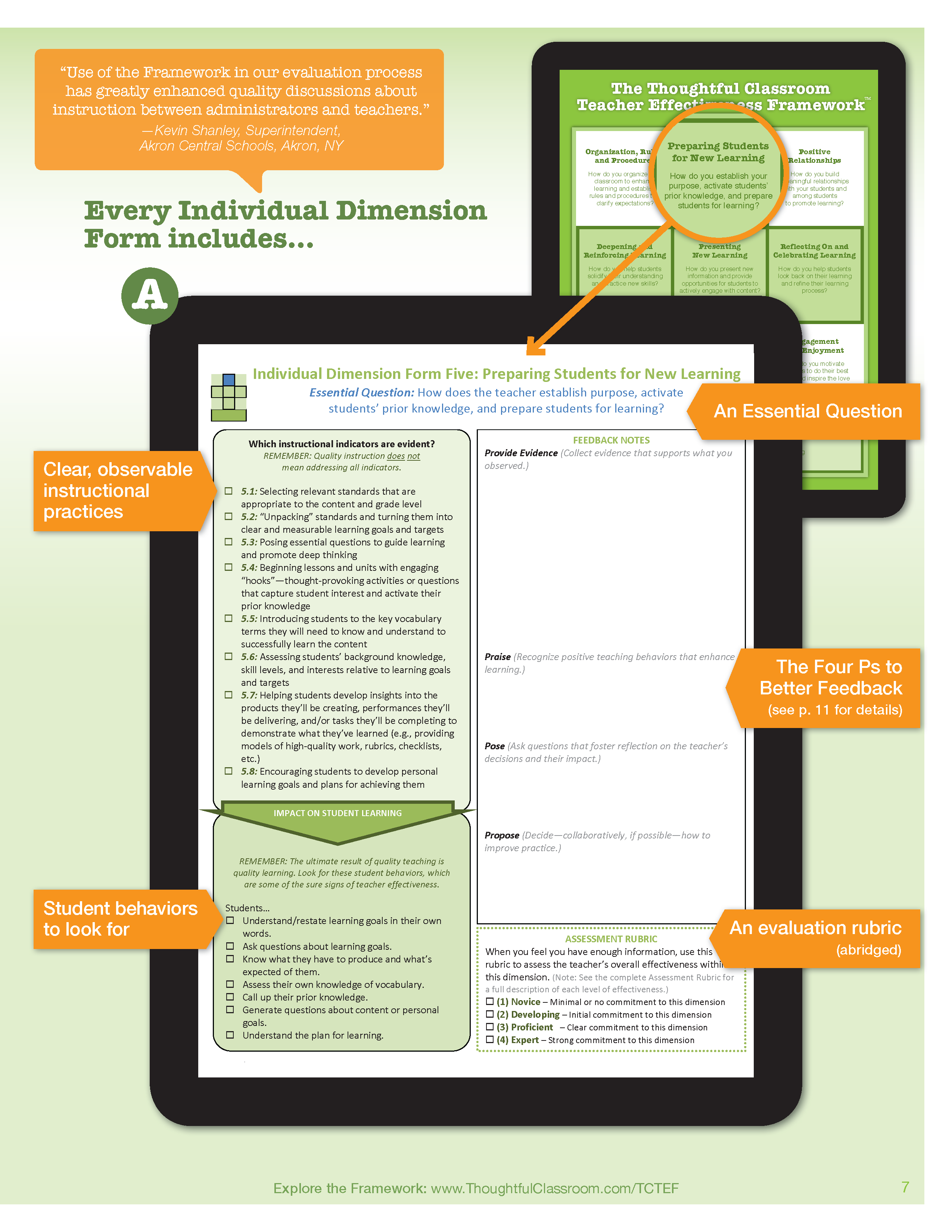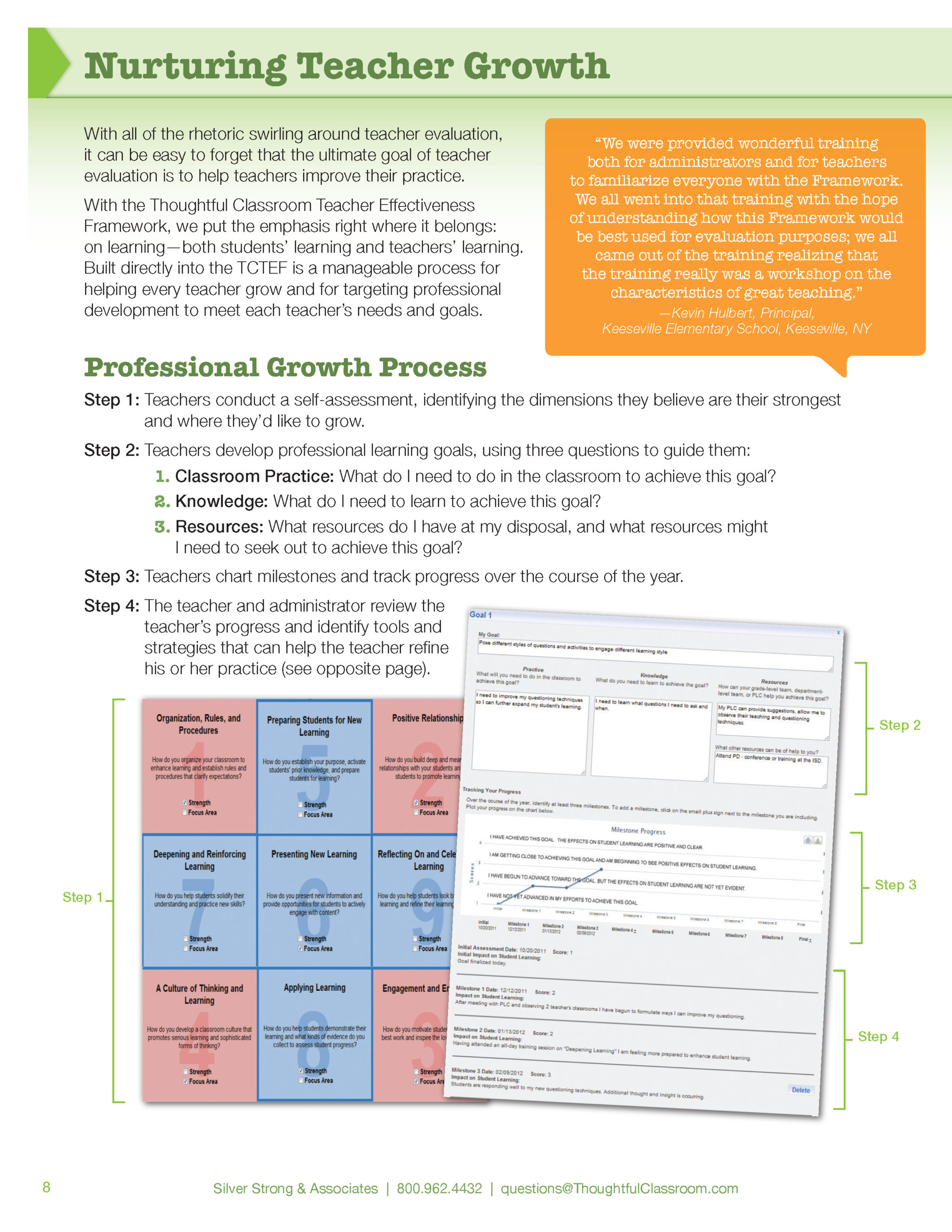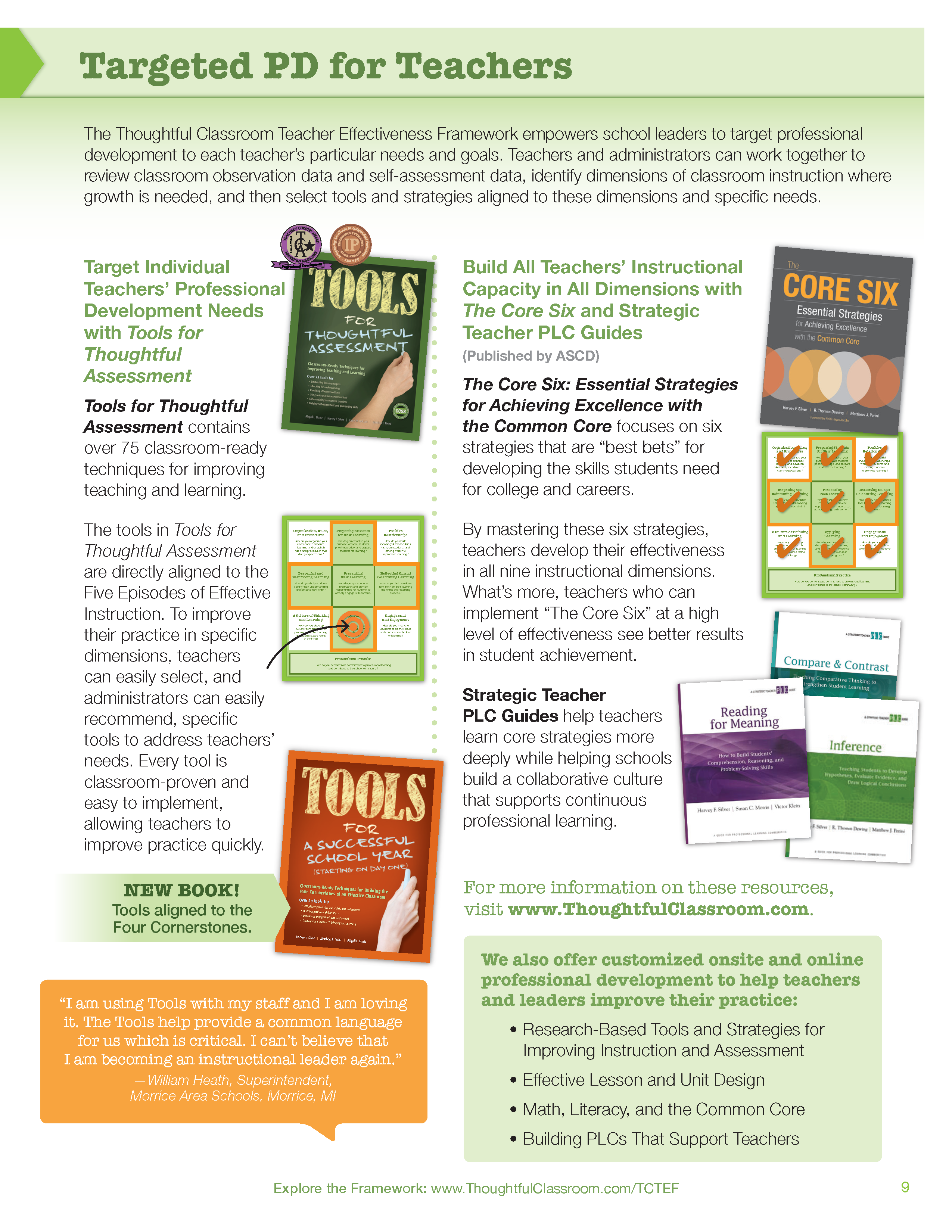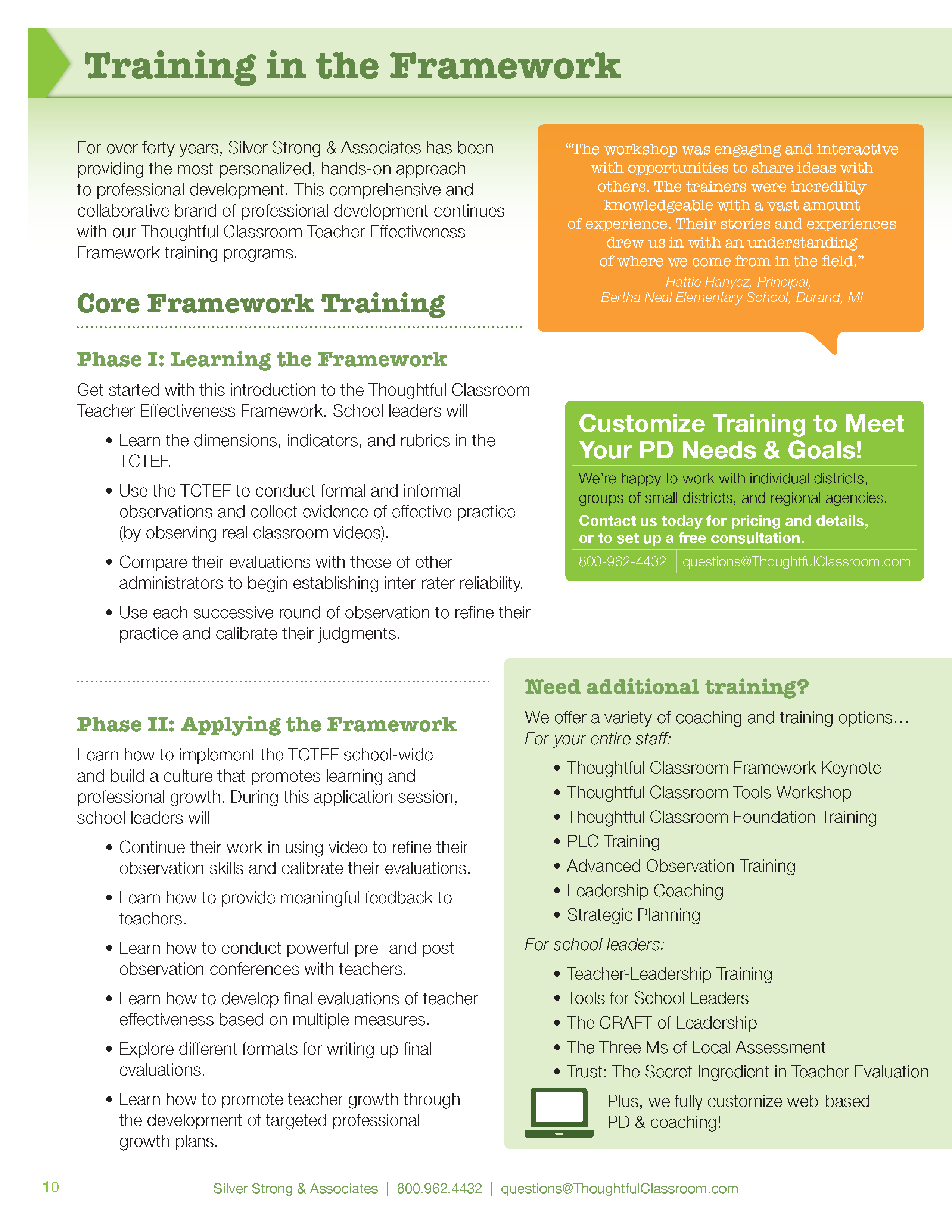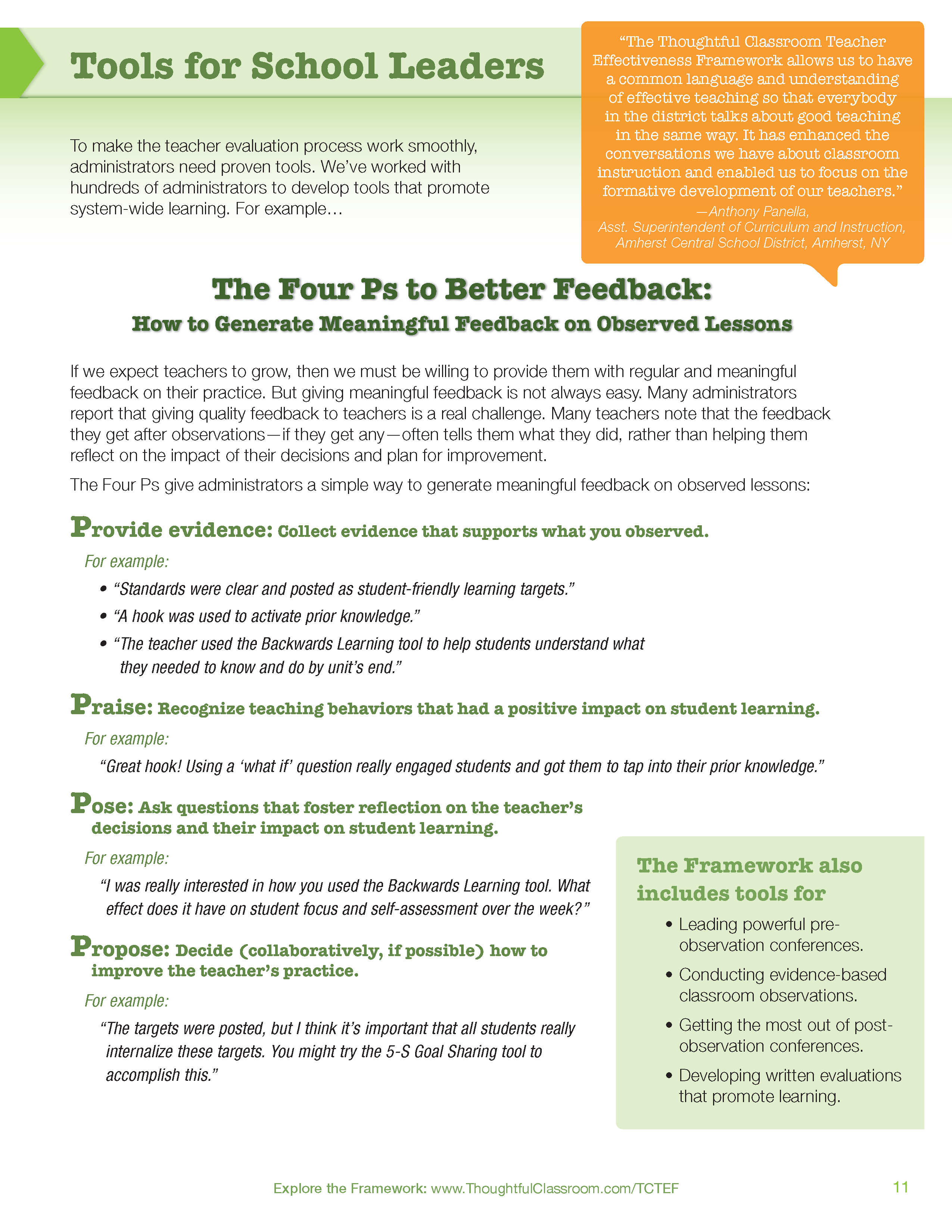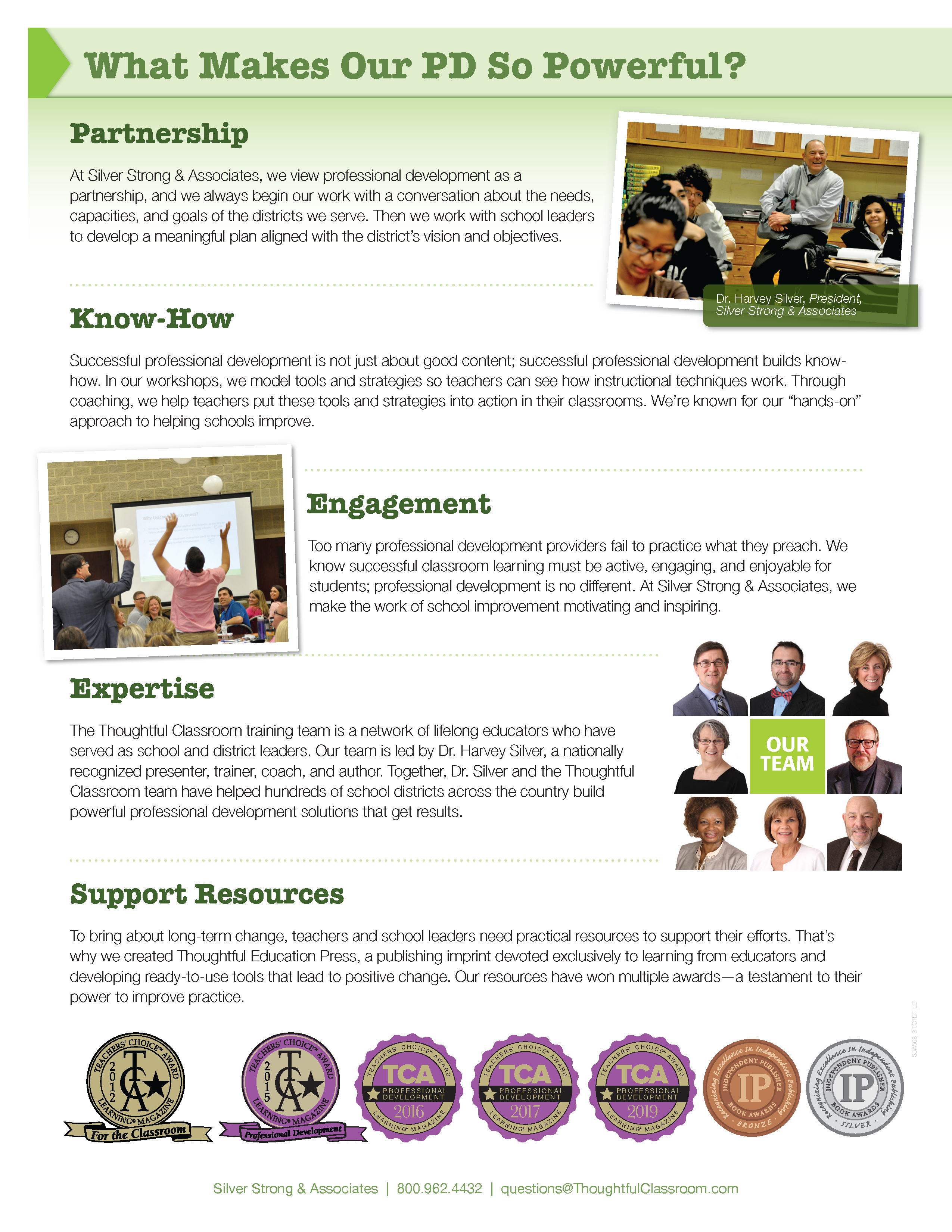Educator Effectiveness and Evaluation
The “Simple and Deep” ApproachOverview
What Is the Thoughtful Classroom Teacher Effectiveness Framework?
The Thoughtful Classroom Teacher Effectiveness Framework (TCTEF) is a comprehensive system for observing, evaluating, and refining classroom practice. Designed in partnership with over 250 teachers and administrators, the ultimate goal of the Framework is to create a common language for talking about high-quality teaching and how classroom practice can be improved. Aligned with current standards, the Framework makes the work of aligning teacher evaluation with standards easier than ever before.
How Is the TCTEF Organized?
The Framework is made up of ten dimensions organized into three components:
Component 1
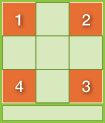 The Four Cornerstones of Effective Teaching
The Four Cornerstones of Effective Teaching
 (Dimensions 1-4)
(Dimensions 1-4)
Around the Framework you will find the Four Cornerstones of Effective Teaching. These cornerstones represent the universal elements of quality instruction, whether in a kindergarten class, AP Physics lab, or anywhere in between. Without these four cornerstones in place, student learning will be compromised.
The Four Cornerstones:
1. Organization, Rules, and Procedures
2. Positive Relationships
3. Engagement and Enjoyment
4. A Culture of Thinking and Learning
Component 2
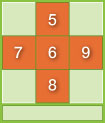 The Five Episodes of Effective Instruction
The Five Episodes of Effective Instruction
 (Dimensions 5-9)
(Dimensions 5-9)
While there are clear and universal elements to good instruction, it is also true that good instruction tends to unfold in a series of distinct learning episodes. By synthesizing the best research on instructional design (Hunter, 1984; Marzano, 2007; Wiggins & McTighe, 2005), we’ve identified five critical episodes that increase the likelihood of deep learning. In these Five Episodes, teachers work towards distinct instructional purposes:
5. Preparing Students for New Learning
6. Presenting New Learning
7. Deepening and Reinforcing Learning
8. Applying Learning
9. Reflecting On and Celebrating Learning
Understanding these five episodes—and their driving purposes—is critical for both the teacher and the observer. Teachers use these episodes to design high-quality lessons and units. For classroom observations, these five episodes immediately orient the observer within the instructional sequence, ensuring that teachers and observers are “on the same page.”
Component 3
 Effective Professional Practice: Looking Beyond the Classroom
Effective Professional Practice: Looking Beyond the Classroom
 (Dimension 10)
(Dimension 10)
The Framework also includes a tenth dimension focused on professional practice. This dimension addresses important non-instructional responsibilities, including the teacher’s commitment to ongoing learning, professionalism, and the school community.
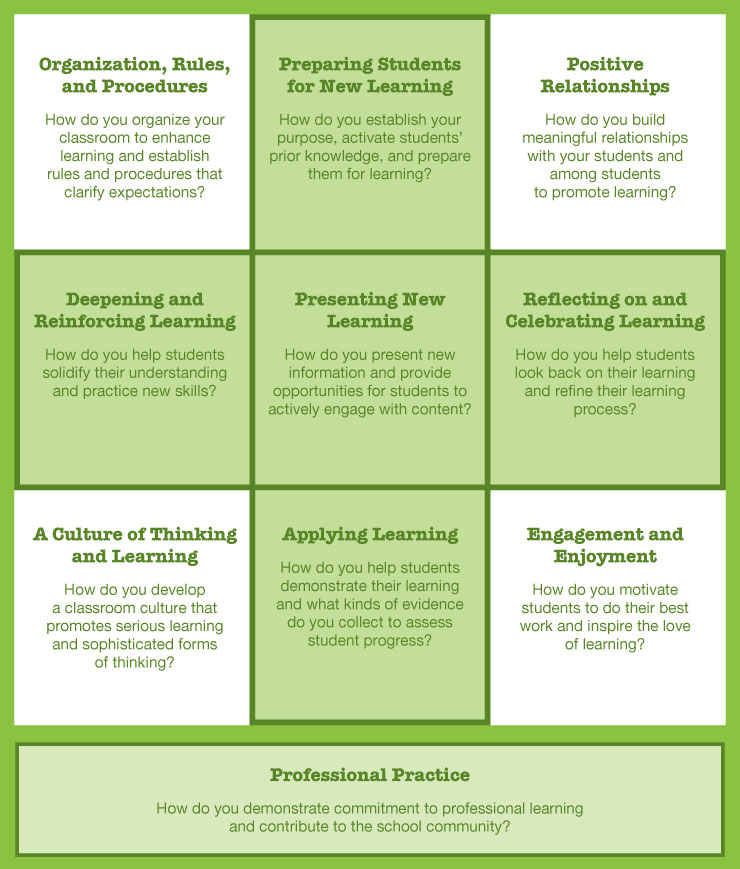
Each instructional dimension…
- Outlines a set of observable teaching indicators
and relevant student behaviors associated with effective instruction. - Includes a four-point rubric for conducting summative evaluations.
- Features a simple feedback protocol to help administrators provide
meaningful feedback to teachers. - Is guided by an “Essential Question” to help focus classroom observation.
Click here to see a sample dimension (Dimension 5: Preparing Students for New Learning)
TCTEF TIP Sheets
Tools for Improving Practice
This series of TIP Sheets is designed to provide administrators and teachers with new ideas and ready-to-use resources so they can respond to common challenges and better implement the Thoughtful Classroom Teacher Effectiveness Framework.
TIP Sheets for Administrators
TIP Sheets for Teachers
Learn More About the Framework (TCTEF)
Articles About the TCTEF
State Documents & Resources
Principal Effectiveness Framework
Not Just for Teacher Evaluation
Click here to learn about our “simple and deep” approach to evaluating school leaders.

